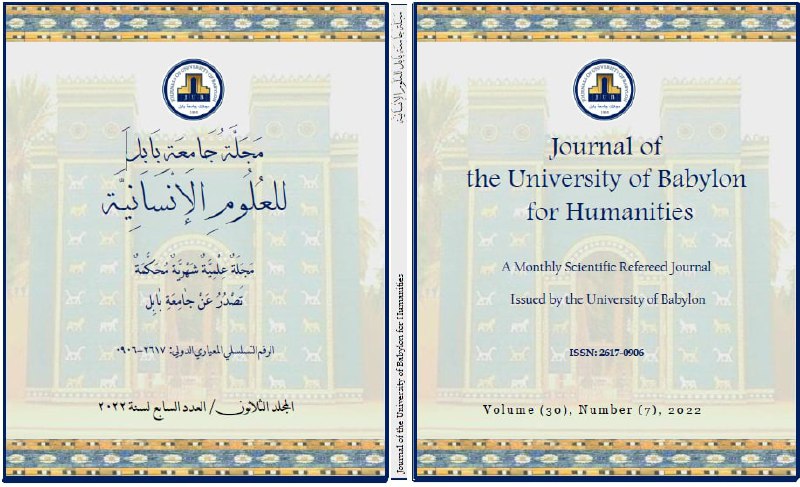The Aesthetics of Pattern Variation in the Decorative Formation of Islamic Minarets
Main Article Content
Abstract
The research included three chapters, the first contained: the abstact in English, and the research problem represented by the following question: Does the decorative diversity show us a unique aesthetic? And what are the display patterns that reinforce this concept in the decorative formation of Islamic lighthouses? Then we reviewed the importance and need for the current study, as well as: The aim of the research: (knowing The Aesthetics of Pattern Variation in the Decorative Formation of Islamic Minarets).
The limits of the research: Islamic Minarets that were built with different materials and for the period (105 AH-682 AH) in (Tunisia, Egypt, Iraq and Morocco). As well as specifying search terms.
The second chapter (theoretical framework): two topics: - The first: with two axes: The first axis: an introduction to the concept of aesthetics, and the second axis: - the pattern and diversity in Islamic art, and the second topic: the decorative formation. And ended with the most important indicators. The third chapter also dealt with (research procedures): 1- The research community 2- The research sample 3- The research method: the descriptive approach (content analysis), 4- The analysis of the study sample. The research ends with the most important: (Results: To reach the fact that the use of strenuous and conical shapes in domes and sustainability in hems, this study has shown us a very important discovery and is to know the time through the shadow and light on the domes in a model (1,2) and a model (3) The researcher is that this model is as in Figure (59), which refers to lighting (6) Haniyat and part of the seventh veneer as evidence of the Hannats operate for hours and hours indicate six minutes and a few minutes A.m. Conclusions: The systemic plastic vision of the decorative construction in Islamic lighthouses depends on the two structures of connection between what is sensual and what is intuitive, through touching the aesthetic impact of the elements and vocabulary included in its formation.). The most important scientific sources have also been documented.

